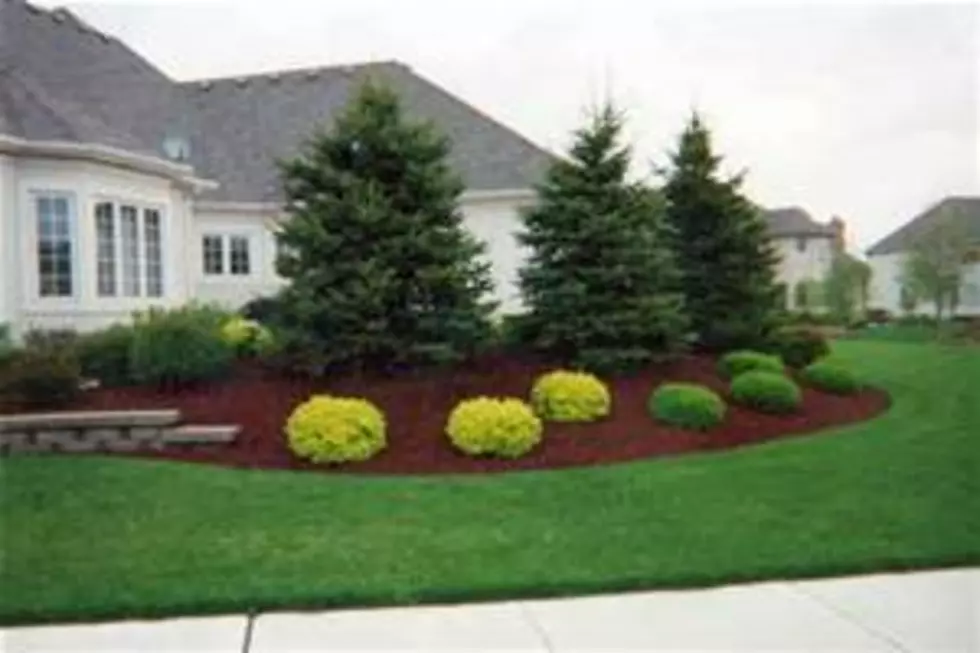
De-Icing Salt Can Harm Landscape Plants and Trees
This came in from the Tree Care Industry Association
Did you know.........
Each winter, vast quantities of de-icing salt are applied to state and municipal roads to keep them safe for commuters, and salt is spread near houses to avoid pedestrian injuries. This is necessary for safety, but did you know excessive salt can cause widespread damage to trees and shrubs - possibly leading to permanent decline and even death?
Even severe salt damage might not be visible on a tree until the end of summer, leaving homeowners wondering what might have caused the problem. In some cases, decline might not be visible for years.
"Salt deposits migrate to the stems, buds and roots of trees," explains Tchukki Andersen, BCMA, CTSP* and staff arborist with the Tree Care Industry Association (TCIA). "This causes disfigured foliage, stunted growth and severe decline in tree health. Salt runoff washes from pavement into the ground, increasing salt levels in the soil."
There are steps you can take to ward off tree damage from salt. TCIA recommends taking the following measures:
- Avoid use of de-icing salt unless necessary. Mix salt with abrasives such as sand, cinders and ash.
- Use alternative de-icing salts such as calcium chloride and calcium magnesium acetate.
- Improve drainage of soils. Add organic matter such as activated charcoal or gypsum, and thoroughly leach salt residues from the soil by flushing with water.
- Erect barriers between pavement and plants.
- Plant trees in locations away from any type of salt spray.
- Plant salt-resistant trees in areas where high salt spray is inevitable i.e., near walkways, driveways or roads.
- Provide adequate irrigation and mulching to reduce water loss.
- Prune properly and add fertilizers to correct nutrient deficiency as indicated in spring soil testing.
- Control tree-damaging diseases and pest infestations.
###
Find a professional: A professional arborist can assess your landscape and work with you to determine the best trees and shrubs to plant for your existing landscape, and how best to protect them. Homeowners who would like a professional arborist to assess their trees should contact the Tree Care Industry Association (TCIA), a public and professional resource on trees and arboriculture since 1938. It has more than 2,100 member companies that recognize stringent safety and performance standards and who are required to carry liability insurance.
TCIA has the nation's only Accreditation program that helps consumers find tree care companies that have been inspected and accredited based on: adherence to industry standards for quality and safety; maintenance of trained, professional staff; and dedication to ethics and quality in business practices. An easy way to find a tree care service provider in your area is to use the "Locate Your Local TCIA Member Companies" program. You can use this service by calling 1-800-733-2622 or by doing a ZIP Code search on www.treecaretips.org.
*Board Certified Master Arborist, Certified Treecare Safety Professional
Editors: If you would like additional information or digital photos, please contact marketing@tcia.org.
TCIA arborists, safety and business professionals are also available as sources for tree related articles and issues: 1-800-733-2622 or tandersen@tcia.orgSalt Can Hurt your Landscape Plants and Trees?









